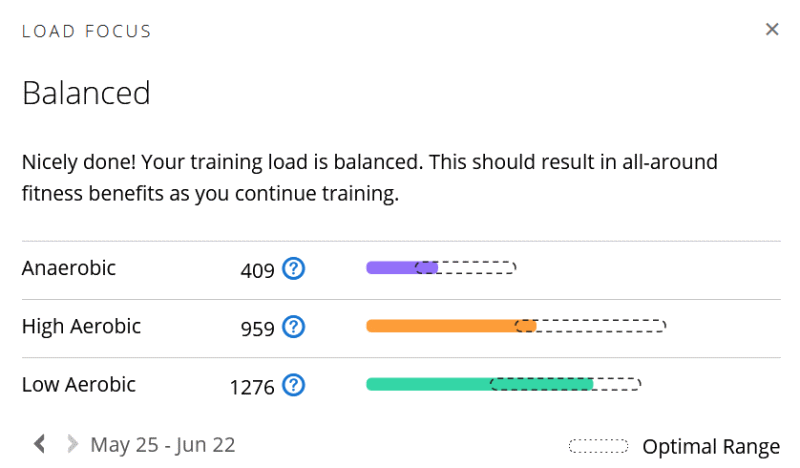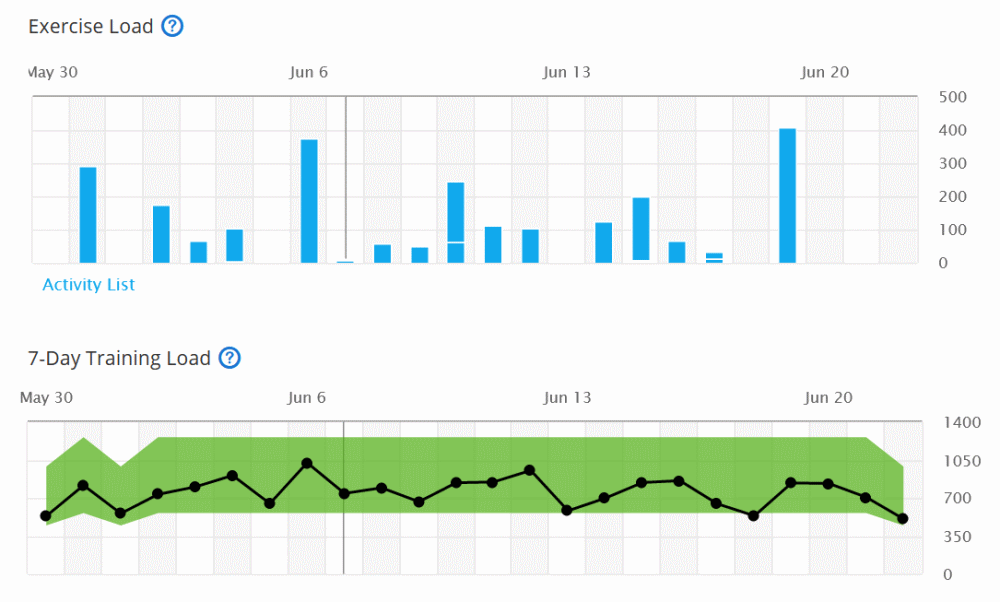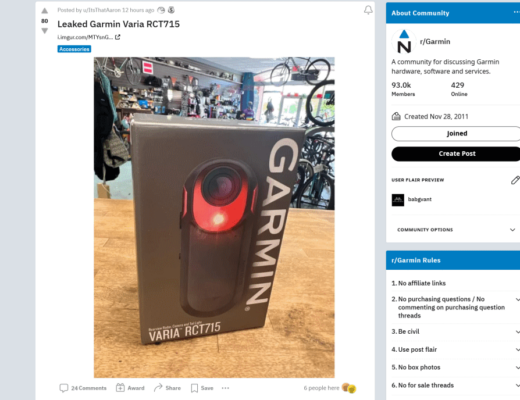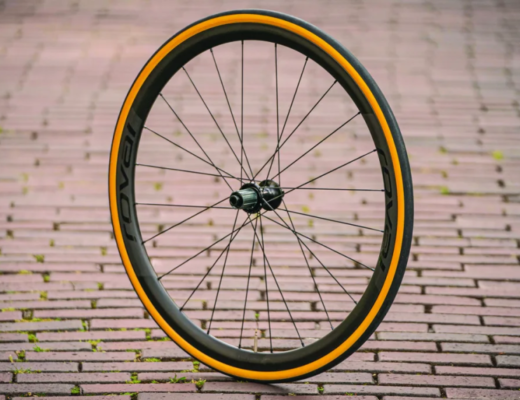Don’t get me wrong, I think it’s great that Garmin devices can now process workouts from other platforms (well, a limited set anyway) to determine load. But, the devil is in the details, because they aren’t processing the activities completely; I’ll still be double recording whenever I get on the trainer.

That might seem a bit off, so let me explain a bit. I’ve complained before about Garmin’s metrics, but that doesn’t mean I don’t find part of what they do useful. The VO2Max calculation is academically interesting, but the big get is load balance (shown above). Load is essentially TSS, which while it’s nice that you can now get that, and recovery stats (which I personally ignore), on Connect. You could have been doing TSS tracking with the free version of Training Peaks the whole time. Balance on the other hand, is really hard to track manually, and IMO the biggest value-add in the Garmin Connect experience. TSS doesn’t tell you if you’re doing too much base (seriously, can you ever do too much base :)) or if all the sprinting on the group rides is throwing your anaerobic load out of wack (oopsie). So while this is welcome news, and DCR hints that more is to come, but at least for me, it’s not enough to be useful.
Garmin quietly rolled out an update yesterday that means you’ll now get training load updated on your Garmin devices for workouts done in Zwift, TrainerRoad, The Sufferfest, and the Tacx App, all without using a Garmin device to record them.
You’ve long been able to link up your Zwift/TrainerRoad/Sufferfest/Tacx app accounts to Garmin Connect, which then automatically sends completed rides/runs to Garmin Connect. However, those workouts didn’t accrue any training load or recovery time on your Garmin watch or bike computer. Thus, you still had to start a workout on your Garmin device, even for a simple indoor ride with Zwift. Else, you’d lack the correct data on your watch. But now, that’s no longer required.



